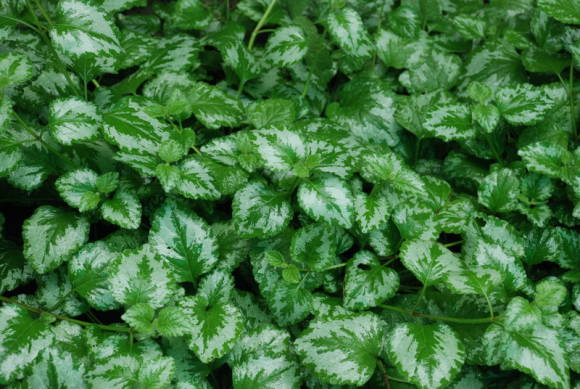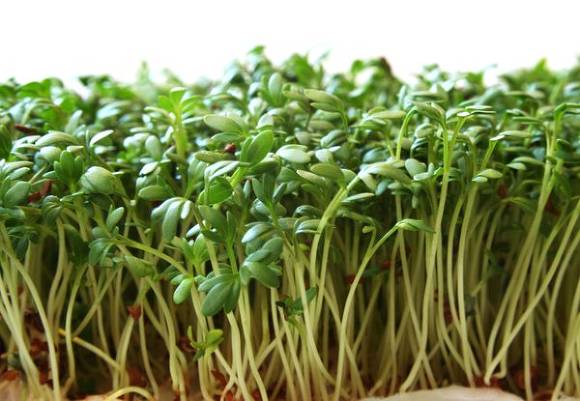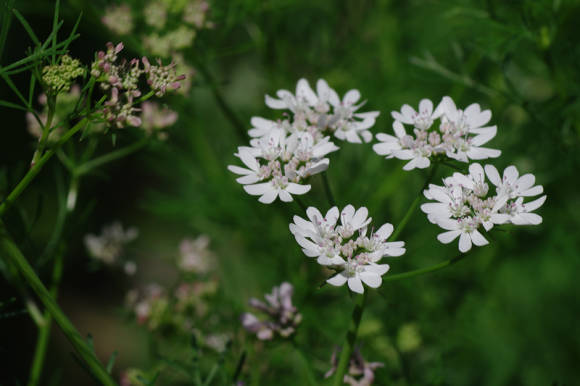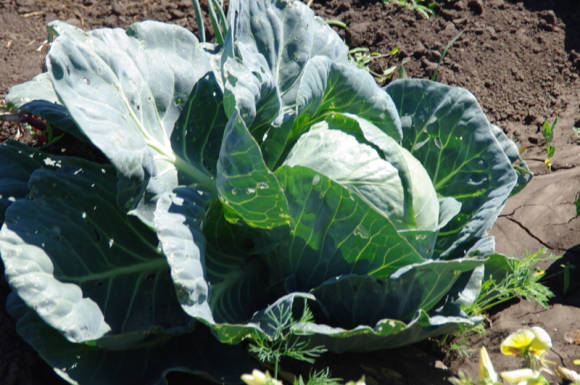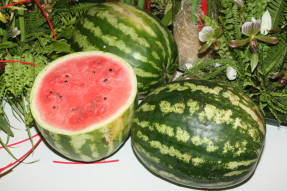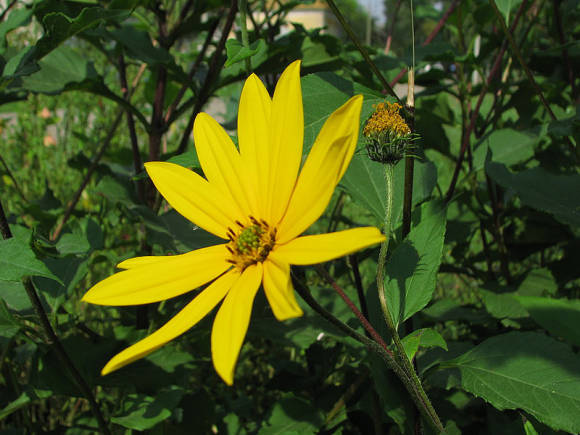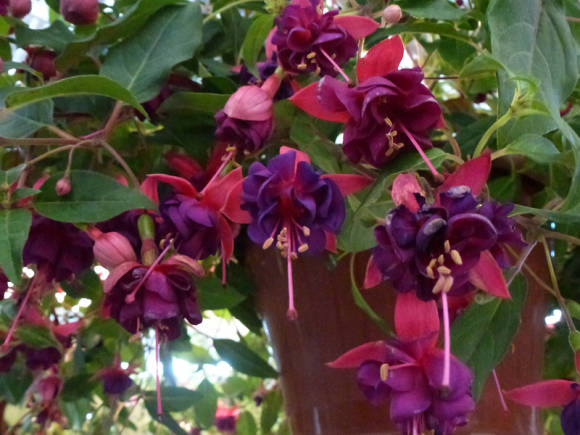
Fuchsia is a frequent decoration of our balconies, terraces and rooms. Probably, at least once, every florist has grown this beautiful plant. Fuchsia is attracted by its very decorative teardrop-shaped flowers, consisting of four long thin sepals, often red, and four shorter and wider petals, the color of which varies from white to blue-violet and orange. Flowering is very abundant and can last from spring to late autumn.
Basically, not natural fuchsia species are widespread in culture, but hybrid plants obtained by crossing several species.
 |  |
Among the many varieties, those have been bred that are able to winter outdoors in the southern regions of Russia with mild winters. In warmer Europe, fuchsia is grown in gardens, covered or buried in shallow trenches for the winter, and especially valuable and more delicate specimens are brought into frost-free greenhouses. But even modern fuchsia varieties are not suitable for outdoor cultivation in our climate, and are kept as container or houseplants.
Fuchsia is an uncomplicated plant in care, nevertheless, its cultivation is not always successful. The main problems arise from the summer heat, the lack of coolness in the winter and the strong susceptibility of fuchsia to pests such as whitefly and ticks.
Fuchsia has a distinct annual development cycle that begins in early spring and ends in October-November when the plant goes dormant.

Illumination... Fuchsia prefers bright, diffused light. It grows well on windows of east and west orientation, on the south windows it requires protection from the midday sun, on the north ones it is very stretched and may not bloom. It is useful to take fuchsia outdoors in the warm season - on a balcony, under a canopy or in a garden under the light shade of trees.
Temperature. Despite the fact that fuchsia (most of the original parental species) comes from subtropical and tropical regions, where it grows at altitudes of 2000-3000 m above sea level, it does not tolerate high temperatures. This is one of the main problems of keeping fuchsias in hot summer periods, at temperatures above + 25 + 30 ° C, the plant may simply die. High temperatures are especially dangerous for plants in hanging pots, where the roots quickly overheat and the leaves droop. Use containers with coconut fiber coating for ampelous plants, but without any film inserts. If the soil is wet, and during the heat the plant has lost its turgor, urgently place it in a cooler place. The optimum temperature for keeping in summer is within + 18 + 23 ° С.
Hibernate fuchsia should be in cool conditions, it is optimal to place it on a frost-free balcony or in a cool greenhouse with a temperature of about + 10 ° C. At a low positive temperature, about + 5 ° C, wintering is possible in the dark, in a cellar or basement with good ventilation. Before placing the plants there, it is necessary to cut off all the leaves and shorten the stems to prevent them from rotting, keep the soil slightly moist, preventing complete drying out.
In the case of warm winter maintenance, complete or partial loss of leaves and elongation of stems are observed, which greatly depletes the plant.
Watering. During the growing season, from spring to autumn, the soil is kept constantly moist, but not wet. Water as soon as the top layer dries. Never leave water in the pan for a long time. In summer, daily watering is often required. During the heat, if the plant wilted, be sure to check the moisture content of the soil before watering. Water only if the soil is dry. Do not water if the soil is moist enough (the plant is simply overheated, it should be placed in the shade and coolness, sprinkled abundantly to cool and restore the turgor of the leaves).
Read more about watering in the article Watering rules for indoor plants.
During the winter rest, watering is reduced, the soil is kept slightly moist, the soil is regularly checked by touch to prevent complete drying. The composition of the land mixture is very important.

Soil and transplants. For plant health, water is needed, which should always be available to the roots, but oxygen access to them is no less important, without which the roots quickly rot. It is possible to ensure both the moisture and air permeability of the substrate at the same time only by adding a sufficient amount of porous material to the soil, due to which air cavities will always remain in the soil after irrigation. If your summer is hot and the soil dries out quickly, then make an earth mixture with the addition of 20% perlite. If you live in a cooler region, add about 30% perlite. As a basis, you can take a ready-made universal slightly acidic peat substrate.
Transplant fuchsia in the spring, before the start of active growth (February-March), but only if the roots have mastered the entire volume of the substrate well. Take a pot one size (2 cm in diameter) larger than the previous one, add some fresh soil to the bottom, carefully transfer the lump to the center and add soil to the sides.
Read more about the transplant - in the article Transplanting indoor plants.
Top dressing. Fuchsias require regular and abundant feeding, during active growth and flowering, use a universal complex fertilizer for indoor plants with microelements (NPK 16-16-16 or NPK 20-20-20). It is better to divide the weekly dose by the number of waterings per week and apply fertilizers fractionally, with each watering. Never feed to a dry coma and do not exceed the dosage of fertilizer.
Pruning fuchsia is necessary because flowers are formed at the tops of young shoots. It is held annually at the beginning of the season, in February-March, often at the same time as the transplant. Remove from 1/3 to 1/2 of the height of the vertically growing shoot, leaving at least 3 pairs of leaves. Lateral shoots are reduced to 2 internodes from the main stem. Pruning and pinching stimulates branching and allows for fuller flowering. Pinching (removal of the very tip of the shoot, the growth point) on young shoots should be carried out immediately after the new shoot has released two pairs (or whorls) of leaves, after which two new lateral shoots appear at the place of the pinching. Usually in the spring, after pruning, 2-3 more such pinches are carried out. For most varieties, flowering occurs 6-10 weeks after the last pinch. With the end of flowering, it is necessary to remove the set fruits in time.

Reproduction possibly by rooting cuttings, as well as sowing seeds.
Shoots are taken for cuttings after spring pruning in February-March or immediately after flowering in autumn, in September. The length of the cutting is about 5-10 cm (3-4 internodes). Fuchsia gives roots well in water or in a loose peat substrate mixed with perlite, in pure perlite or sand, it can also be rooted in peat tablets. If the cutting is planted in the ground, then be sure to place it in a greenhouse.
More details about grafting - in the article Cutting of indoor plants at home.
Roots are formed in about 3-4 weeks. Young plants rooted in spring can bloom already this year, but for proper plant formation it is better to pinch it several times over the summer, sacrificing flowering for the sake of a compact habit.
Seeds are sown in boxes in the standard way, sprinkled on top with a thin layer of soil and moistened with a sprayer, the box is covered with glass or film on top. At a temperature of about + 20 + 22 ° C, the first shoots appear in 3-4 weeks.
Pests. Of the most dangerous and difficult to remove pests, the whitefly and the fuchsia gall mite should be noted. These two pests often cause such severe damage to fuchsia (and the whitefly - and the entire collection of indoor plants) that they often force growers to abandon the further maintenance of fuchsia.
The fight against whitefly is hampered by the resistance of the larvae to drugs of contact action, as well as by the fact that this pest does not feed at all stages of development and during these periods is invulnerable to systemic drugs. It should be treated mainly with systemic drugs, for example, Aktara. The drug Applaud has also proven itself well. Along with insecticide treatment, heat treatment can also be carried out. It has been noticed that all stages of the whitefly die when heated to + 45 ° C. This is one of the most effective ways to combat it in greenhouses and on glazed balconies, where the air is allowed to warm up in the sun to this temperature.
Fuchsia gall mite is especially dangerous for fuchsia varieties, the progenitors of which were the magellan fuchsia species (Fuchsia magellanica), fuchsia bright red (Fuchsia coccinea) and fuchsia recumbent (Fuchsia procumbens). This pest is difficult to detect with the naked eye due to its small size, but the damage it causes is always clearly visible. The mite settles in internodes, injecting specific chemicals into the tissues of the plant, which distort the normal growth of shoots and flowers, leading to the formation of reddish-yellowish growths of irregular shape. This mite remains immune to many acaricides, and the main way to restrain its reproduction is to remove damaged nodes with simultaneous treatment with drugs containing abamectin or spirodiclofen.
Other pests include spider mites, aphids, and thrips.
About pest control - in the article Houseplant pests with control measures.
Diseases... Fuchsia can be affected by fungal diseases such as powdery mildew and gray mold. With powdery mildew, a white bloom appears on the leaves in the form of extensive spots, often during heat and after drying, when the leaves lose their turgor. With gray rot, a gray fleecy bloom appears on flowers, buds and leaves. Treat with fungicides for these diseases.

Possible difficulties in growing fuchsias
Yellowing of the leaves. In fuchsia, like in other plants, the lower leaves die off as they age, this is the norm. During winter rest, partial loss of leaves can also occur. But if yellowing affects not only the oldest leaves, but is massive, then the plant should be examined for the presence of such pests as spider mites, whiteflies, aphids, thrips. If found, treat with appropriate preparations.
Yellowing of the leaves can be caused by sharp fluctuations in temperature and heat, lack of light, as well as waterlogging or overdrying, watering with too hard water. Sunburn can also be a cause. In winter, if the content is too warm, leaf fall is possible. Optimize your care.
Another reason for yellowing of leaves is chlorosis, which is observed with a lack of trace elements such as iron and magnesium. Feed the plant with iron chelate and magnesium sulfate, use fertilizers for top dressing, which must include these microelements.
Loss of turgor by leaves. The most common cause is insufficient watering during the growing season. Do not allow the substrate to completely dry out. Less often, the leaves hang due to systematic waterlogging, which leads to decay of the roots. Normalize watering and take some healthy cuttings to re-establish the variety in case the plant dies. During the heat, the roots of the plant overheat and stop working normally, the leaves lose their turgor. Move the plant to a cooler area and sprinkle generously with water.
No flowering or poor flowering... The reason may be insufficient lighting, heat, systematic overdrying of the soil, depletion of the plant during warm wintering, non-compliance with other rules of care.
Falling buds occurs due to overdrying of the soil and even due to a simple rearrangement of the plant.

